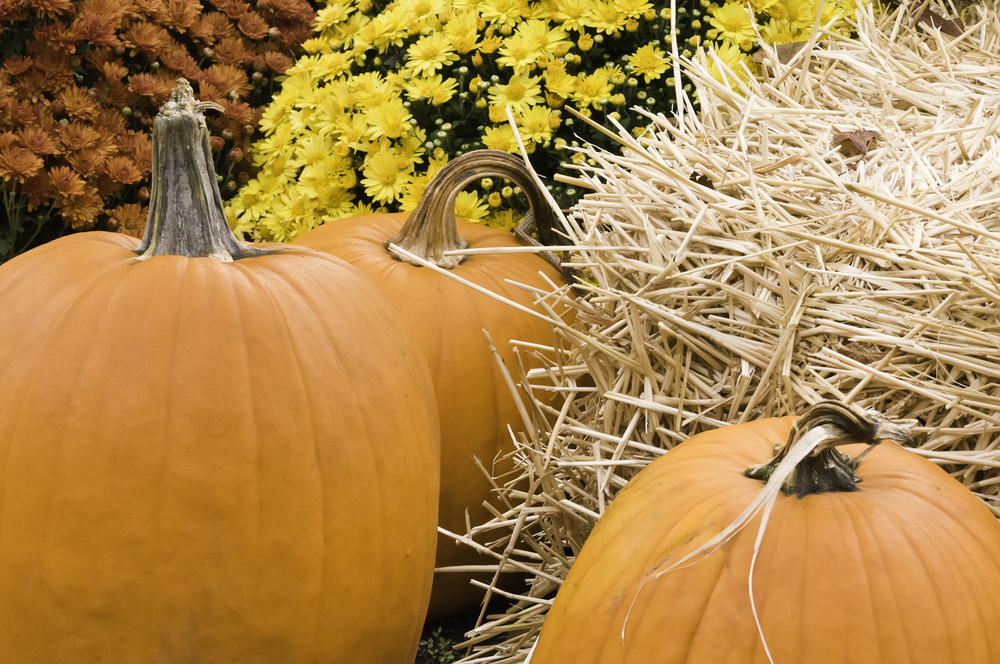
Regardless of whether you’re a Pumpkin Spice Latte fan or not, most people will agree that the blend of spices in pumpkin spice products evoke fall, colder weather, and the upcoming holiday season. And it seems to be a seasonal favorite-- Starbucks has sold 200 million PSLs within the first decade since its launch in 2003 (McGrath). What many may not know is the often turbulent history of the spices and even the pumpkins themselves that make up the menagerie of pumpkin spice products.
What exactly are the spices in pumpkin spice? It’s a blend of cinnamon, nutmeg, ginger, and cloves-- which together helped fuel a 600 million dollar market in 2018 (McGrath). This may seem absurd at first, but spices have been a high performing market for centuries. Because spices weren’t grown in Europe, colonizing countries like the British and Dutch fought to control monopolies.
Nutmeg was valued in the middle ages for many reasons, one of which was that it was thought to prevent the plague (Szczepanki). In the 1700’s, the Dutch secured a monopoly on nutmeg, which was only grown on the Banda Islands in Indonesia.
While nutmeg has the bloodiest history of the PSL spices, the others were still highly valued and sought after. Arabic countries kept a monopoly on cinnamon from the age of the Egyptians to the early 16th century. After a source of cinnamon was found on Sri Lanka, the Dutch and British fought over it for a few hundred years. Ginger and cloves were more widespread throughout history, but both were prized and only available to the wealthy for a long time.
When you add the humble pumpkin to the mix, it gets ironic. Pumpkin was seen as a last resort or emergency-only food by early American colonizers similar to the Spam kept by a doomsday prepper today (Waxman). The pumpkin didn’t gain popularity until the industrial revolution and pumpkin spice wasn’t invented until McCormick blended the four spices together and labeled it in the 1950s.
Pumpkin’s rise to popularity can be attributed to the fact that it evoked a nostalgia for harvest season during a period of time when most people were moving to urban areas and away from farming. Pumpkin spice is now seen as a seasonal treat to be enjoyed in beverage or food form that may or may not actually contain pumpkin.
So now that the leaves are starting to turn and the cold has arrived, in Southeast Idaho at least, feel free to grab your favorite Pumpkin Spice product and enjoy the stereotypical fall flavor to the fullest!
Interested in learning more about spices?
ISU’s Continuing Education/Workforce Training is offering a course on the Science of Spices within our Science of Cooking Series. This course will cover the science behind your favorite spices and scientifically how they help make your food taste better.
The class is Wednesday, October 16 from 6PM to 8PM.
If interested in signing up for courses, visit cetrain.isu.edu or call us at (208) 282-3372.
Resources:
Olivia B. Waxman, The Surprising Reason Americans are Obsessed With Pumpkins, https://time.com/4943462/pumpkin-spice-history/
Maggie MacGrath, Inside the $600 million Pumpkin Spice Industrial Complex, https://www.forbes.com/sites/maggiemcgrath/2018/10/31/inside-the-600-million-pumpkin-spice-industrial-complex/#4fa968a81b95
Kallie Szczepanki, Nutmeg: Then Unsavory History if a Tasty Spice, https://www.thoughtco.com/nutmeg-the-unsavory-history-195274
Clare O’Connor, The Pumpkin Spice Economy: How Starbucks Lattes Fueled the $500 Million Craze, https://www.forbes.com/sites/clareoconnor/2015/11/10/the-pumpkin-spice-economy-how-starbucks-lattes-fueled-a-500-million-craze/#3eda6b38ded4

.png?width=220&name=Do%20You%20Pocatello%20Podcast_%20(1).png)
